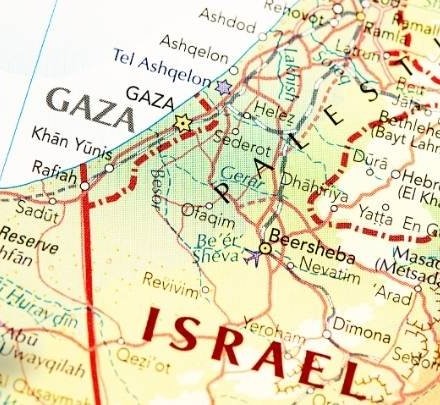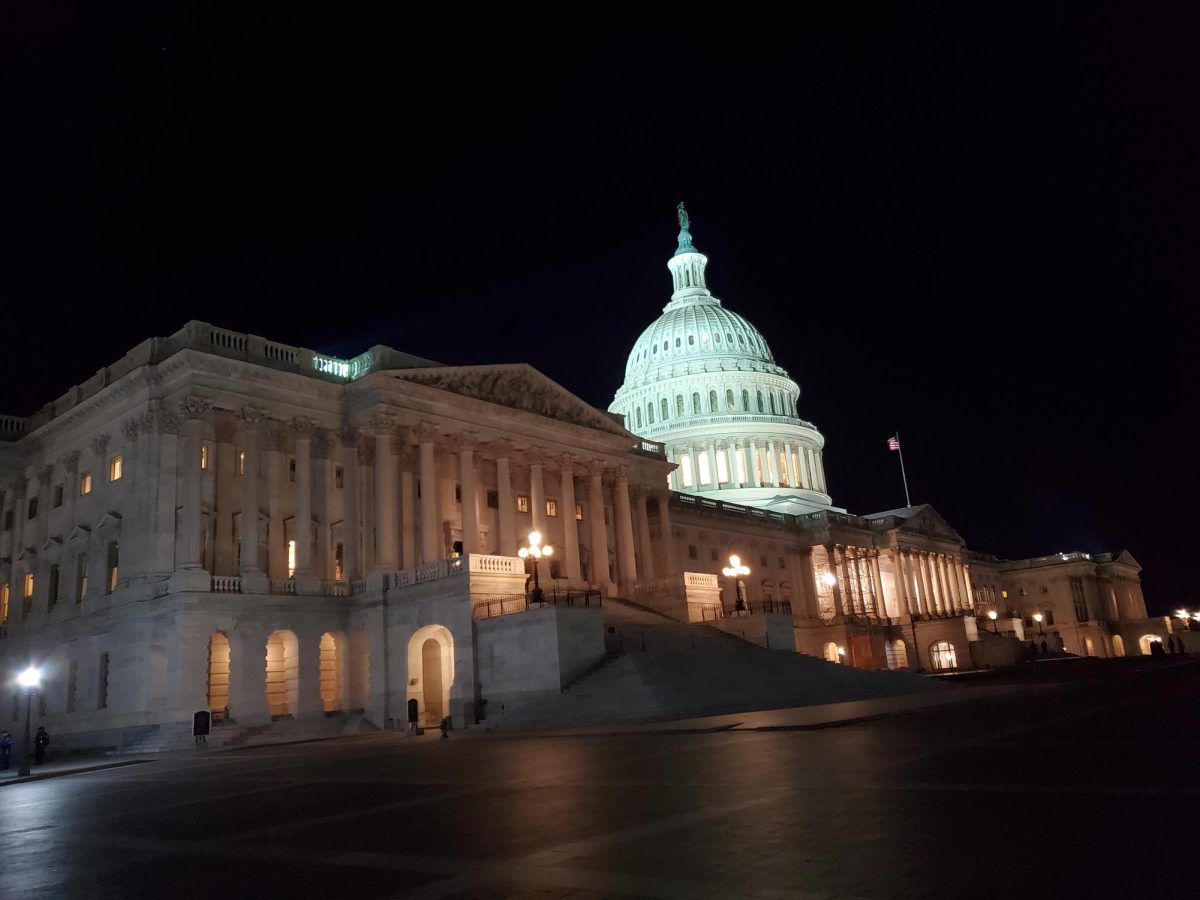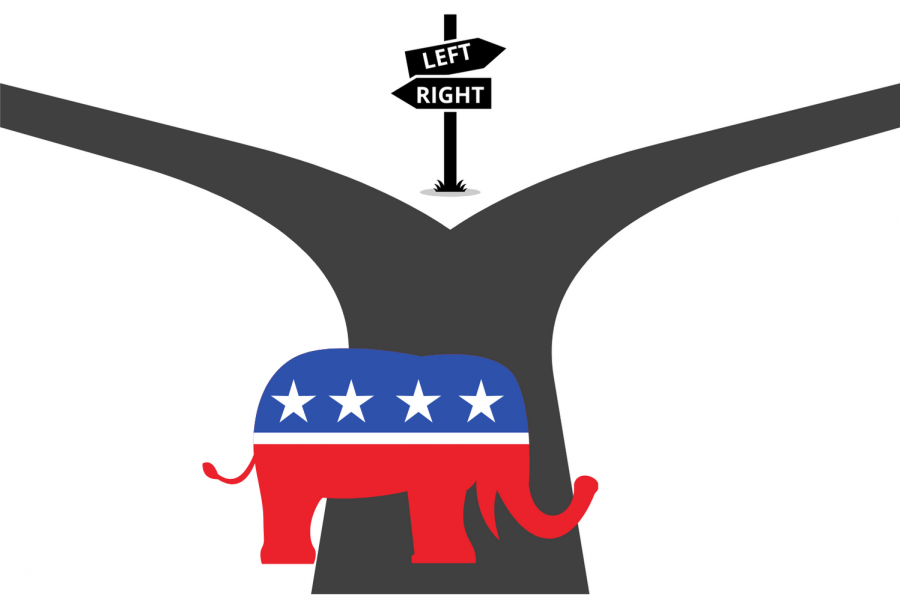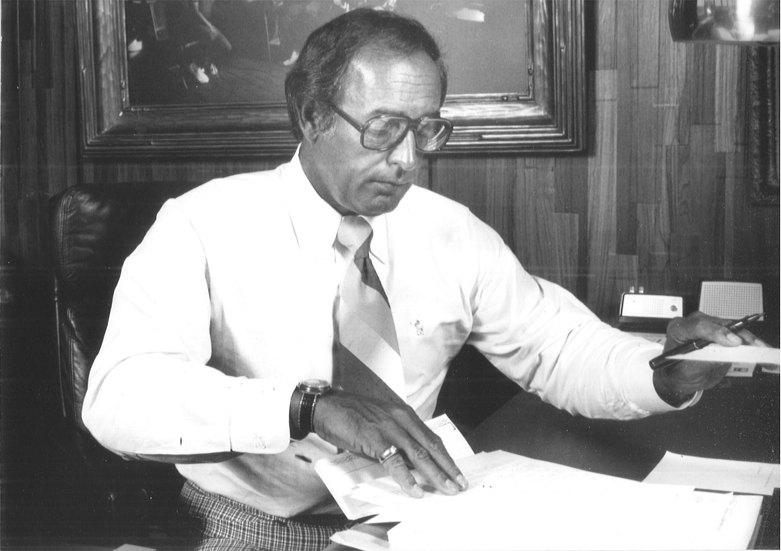Two years ago, Japan was devastated by a magnitude 9.0 earthquake, which was followed by a tsunami. Now, two years later, Japan prepares for the memorial of the second anniversary of the disaster in which 19,000 people died.
Following the earthquake and tsunami, the United Nations Children’s Fund (UNICEF) made an effort to help affected families by mobilizing their network of partners. UNICEF workers in emergency relief locations also traveled to Japan to help. The workers distributed water, clothing and other supplies, made evacuations and tried to create relatively stress-free environment for the children. When the situation stabilized a little more, mother and child care services were provided as well as the reopening of schools and other activities. The Japan Committee for UNICEF continues to focus on three areas: psychosocial support, child protection and child-friendly reconstruction plans.
Ms. Akamatsu, chairperson of the Japan Committee, stated, “We will use this approach to continue extending assistance in a manner that supports the activities of the UNICEF associations of each prefecture of Japan and of local governments and individuals.”
Another result of the disaster is the amount of debris in Japan and in the ocean. The Japanese government estimates that 1.5 million tons of debris was released into the Pacific Ocean, immediately following the disaster.
It is not clear how much debris is still floating in the ocean and how much might reach the U.S shoreline. The National Oceanic and Atmospheric Administration has said that beachgoers may notice the increase in debris on the shores in the following years. Many things have already washed up on the shores such as buoys, balls, a motorcycle, and a small boat. FedEx has volunteered to return items, hand-delivering the items to the owners.
Although Japan has invested very heavily in high-level technology, especially for disasters, the March 11, 2011 disaster was unprecedented. The magnitude 9.0 earthquake was the highest ever recorded and the tsunami heights were higher than predicted.
Takeshi Koizumi, a senior coordinator of international earthquake and tsunami information, stated, “I think it is true to say that Japan has the world’s highest quality systems in relation to issuing near shore tsunami warnings. This is not only because of our hardware or software, but because of Japan’s experience. But we had not expected 9-plus magnitude earthquake. On March 11, 2011, we followed procedures correctly and issued a tsunami warning in three minutes —- but our first warning was underestimated. We have to learn from these experiences, which is why we have upgraded our systems.”
Mr. Koizumi saw firsthand the disaster caused by the earthquake and the tsunami, finally fully comprehending the full impact of the disaster. He said, “We must always be prepared to update and upgrade our tsunami warning systems based on real cases in order to minimise casualties.”






